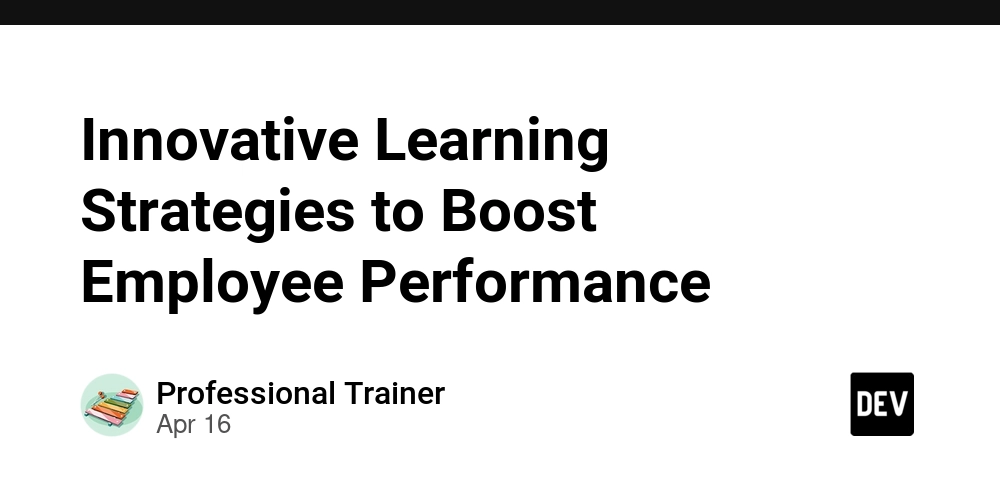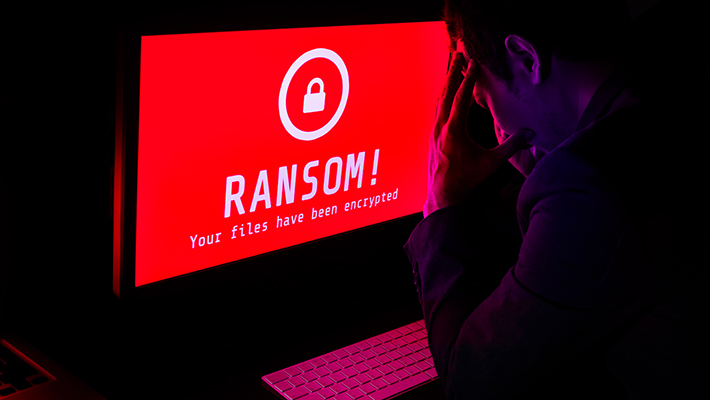How to Integrate Security into Agile Dev Teams
In today’s rapidly evolving digital landscape, integrating security into agile development processes has become a critical imperative rather than a mere afterthought. The traditional approach of addressing security concerns at the end of the development cycle creates vulnerabilities and leads to costly remediation efforts. By embedding security practices throughout the agile development lifecycle, organizations can […] The post How to Integrate Security into Agile Dev Teams appeared first on Cyber Security News.
.webp?#)
In today’s rapidly evolving digital landscape, integrating security into agile development processes has become a critical imperative rather than a mere afterthought.
The traditional approach of addressing security concerns at the end of the development cycle creates vulnerabilities and leads to costly remediation efforts.
By embedding security practices throughout the agile development lifecycle, organizations can deliver secure, reliable software while maintaining the speed and flexibility that agile methodologies offer.
Leadership plays a pivotal role in this integration, as it requires cultural shifts, strategic resource allocation, and consistent advocacy from the top.
Embracing a DevSecOps mindset enables teams to identify and address security issues early, fostering collaboration between development and security professionals and ultimately enhancing the organization’s overall security posture.
Creating a Security-First Culture in Agile Teams
Establishing a security-first culture within agile development teams begins with leadership commitment and clear communication of security’s importance. Leaders must articulate that security is not separate from quality but an essential component of it.
This cultural transformation requires patience and persistence, as teams may initially perceive security measures as impediments to their velocity. Effective leaders demonstrate that secure development practices ultimately enhance productivity by preventing costly breaches and rework.
To foster this culture, leadership must invest in regular security training tailored to developers’ specific needs. Rather than generic cybersecurity awareness, provide practical workshops on secure coding practices, common vulnerability identification, and threat modeling techniques relevant to your technology stack.
When developers understand the reasoning behind security practices, they’re more likely to embrace them as valuable rather than bureaucratic hurdles.
Transparency about security incidents and lessons learned, both from within the organization and the broader industry, helps teams understand the real-world impact of security decisions.
By treating security as a continuous learning journey rather than a fixed destination, leaders can nurture a culture where security consideration becomes second nature to every team member, embedded in daily development workflows and decision-making processes.
Strategic Implementation Steps for Leaders
Effectively integrating security into agile development requires systematic implementation strategies that balance security requirements with agile principles. Leaders must champion this integration through clear processes, resource allocation, and organizational alignment.
The following strategic steps provide a roadmap for leaders seeking to embed security throughout their agile development lifecycle:
- Integrate Security Acceptance Criteria into User Stories and Product Backlogs: Include security requirements in user stories and product backlogs to prioritize them alongside functional needs, embedding security from the earliest stages.
- Build Cross-Functional Teams with Embedded Security Expertise: Create teams with security champions or rotate security professionals into agile teams to foster collaboration and shared understanding.
- Automate Security Testing in CI/CD Pipelines: Use automated security tools like SAST and DAST in CI/CD pipelines to provide instant feedback without slowing development.
- Conduct Regular Threat Modeling Sessions for Early Risk Identification: Perform threat modeling at the start of features or projects to identify risks early and design secure solutions.
- Track Security Metrics in Sprint Reviews and Retrospectives: Measure vulnerability reduction, remediation times, and security debt alongside agile metrics to monitor progress.
By implementing these strategic steps, leaders create an environment where security becomes an integral part of the agile development process rather than a separate activity.
This integration enhances both security outcomes and agile efficiency by eliminating the friction traditionally experienced between these disciplines.
The key to success lies in leadership’s ability to champion these changes consistently while providing the necessary support, resources, and patience as teams adapt to new ways of working that balance agility with security requirements.
Measuring Success and Maintaining Momentum
Measuring the effectiveness of security integration into agile teams provides essential feedback for continuous improvement and demonstrates value to stakeholders.
Lagging indicators should track discovered vulnerabilities, remediation times, and successful security validations during production deployments. Data visualization tools can help teams understand security trends over time, creating transparency and fostering healthy competition between teams.
Regular security dashboards that highlight improvements help maintain motivation and demonstrate progress. However, metrics should never become punitive; instead, they should drive conversations about process improvements and resource needs.
Leaders must recognize that initial metrics may reveal uncomfortable truths about the current state of security integration, and teams need psychological safety to address these gaps without fear of repercussion.
Beyond metrics, leaders must maintain momentum through consistent messaging and resource allocation. Security champions within agile teams need formal recognition, dedicated time, and professional development opportunities.
Periodic external security assessments provide objective validation of internal improvements and identify blind spots. Leaders should celebrate security wins with the same enthusiasm as feature deliveries, reinforcing the message that security is a valued business outcome.
Encourage teams to experiment with new approaches, such as chaos engineering or adversarial testing, that push security thinking forward. Create communities of practice where security knowledge can be shared across teams, preventing the isolation of expertise.
By demonstrating persistent attention to security culture, practices, and outcomes, leaders signal that security integration is not a temporary initiative but a fundamental and permanent aspect of how agile teams operate and deliver value to customers and the organization.
Find this News Interesting! Follow us on Google News, LinkedIn, & X to Get Instant Updates!
The post How to Integrate Security into Agile Dev Teams appeared first on Cyber Security News.







































































































































































![[The AI Show Episode 144]: ChatGPT’s New Memory, Shopify CEO’s Leaked “AI First” Memo, Google Cloud Next Releases, o3 and o4-mini Coming Soon & Llama 4’s Rocky Launch](https://www.marketingaiinstitute.com/hubfs/ep%20144%20cover.png)




































































































































































































![Blue Archive tier list [April 2025]](https://media.pocketgamer.com/artwork/na-33404-1636469504/blue-archive-screenshot-2.jpg?#)


































.png?#)


































.webp?#)




























































































![[Update: Optional] Google rolling out auto-restart security feature to Android](https://i0.wp.com/9to5google.com/wp-content/uploads/sites/4/2025/01/google-play-services-2.jpg?resize=1200%2C628&quality=82&strip=all&ssl=1)

















![Apple to Split Enterprise and Western Europe Roles as VP Exits [Report]](https://www.iclarified.com/images/news/97032/97032/97032-640.jpg)
![Nanoleaf Announces New Pegboard Desk Dock With Dual-Sided Lighting [Video]](https://www.iclarified.com/images/news/97030/97030/97030-640.jpg)










































![Security Database Used by Apple Goes Independent After Funding Cut [Updated]](https://images.macrumors.com/t/FWFeAmxnHKf7vkk_MCBh9TcNMVg=/1600x/article-new/2023/05/bug-security-vulnerability-issue-fix-larry.jpg)

























































































 (1).webp?#)
